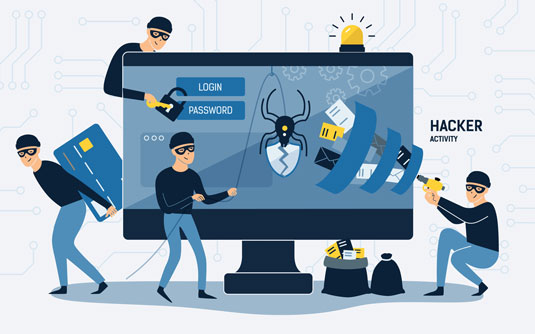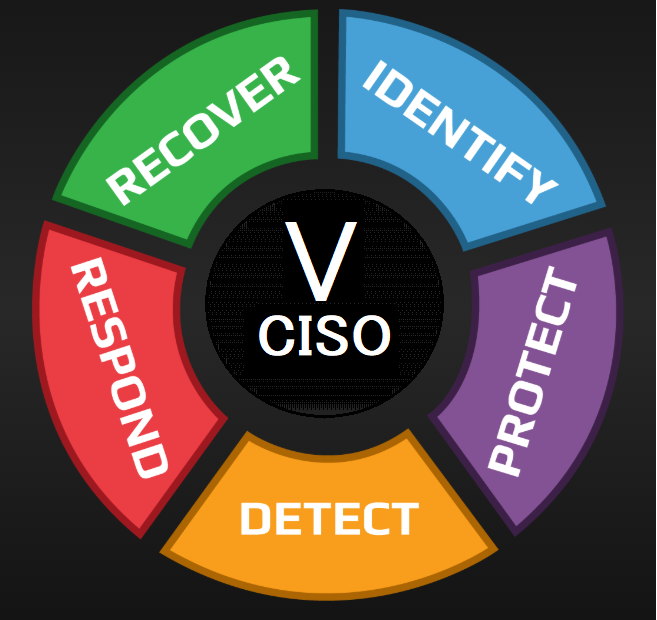Prompt injection attacks can have serious security implications, particularly for AI-driven applications. Here are some potential consequences:
- Unauthorized data access: Attackers can manipulate AI models to reveal sensitive information that should remain protected.
- Bypassing security controls: Malicious inputs can override built-in safeguards, leading to unintended outputs or actions.
- System prompt leakage: Attackers may extract internal configurations or instructions meant to remain hidden.
- False content generation: AI models can be tricked into producing misleading or harmful information.
- Persistent manipulation: Some attacks can alter AI behavior across multiple interactions, making mitigation more difficult.
- Exploitation of connected tools: If an AI system integrates with external APIs or automation tools, attackers could misuse these connections for unauthorized actions.
Preventing prompt injection attacks requires a combination of security measures and careful prompt design. Here are some best practices:
- Separate user input from system instructions: Avoid directly concatenating user input with system prompts to prevent unintended command execution.
- Use structured input formats: Implement XML or JSON-based structures to clearly differentiate user input from system directives.
- Apply input validation and sanitization: Filter out potentially harmful instructions and restrict unexpected characters or phrases.
- Limit model permissions: Ensure AI systems have restricted access to sensitive data and external tools to minimize exploitation risks.
- Monitor and log interactions: Track AI responses for anomalies that may indicate an attempted injection attack.
- Implement guardrails: Use predefined security policies and response filtering to prevent unauthorized actions.
Strengthen your AI system against prompt injection attacks, here are some tailored strategies:
- Define clear input boundaries: Ensure user inputs are handled separately from system instructions to avoid unintended command execution.
- Use predefined response templates: This limits the ability of injected prompts to influence output behavior.
- Regularly audit and update security measures: AI models evolve, so keeping security protocols up to date is essential.
- Restrict model privileges: Minimize the AI’s access to sensitive data and external integrations to mitigate risks.
- Employ adversarial testing: Simulate attacks to identify weaknesses and improve defenses before exploitation occurs.
- Educate users and developers: Understanding potential threats helps in maintaining secure interactions.
- Leverage external validation: Implement third-party security reviews to uncover vulnerabilities from an unbiased perspective.

Source: https://security.googleblog.com/2025/06/mitigating-prompt-injection-attacks.html
InfoSec services | InfoSec books | Follow our blog | DISC llc is listed on The vCISO Directory | ISO 27k Chat bot | Comprehensive vCISO Services | ISMS Services | Security Risk Assessment Services




























